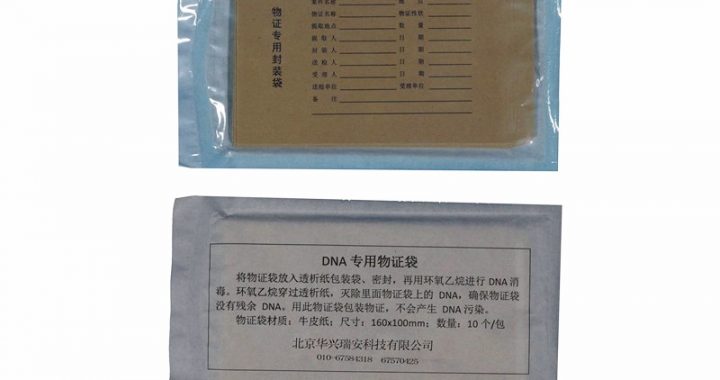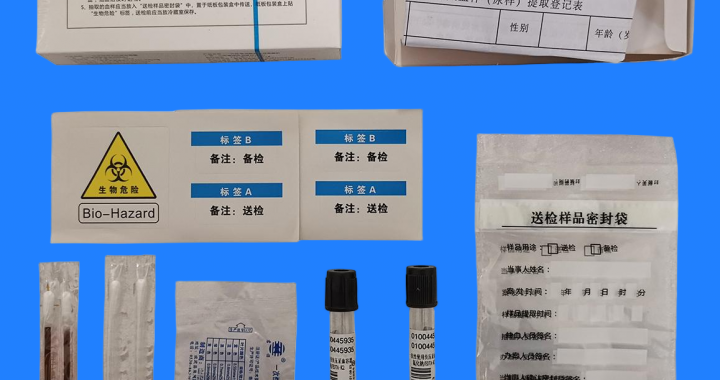Combined collectors are advanced tools designed to streamline the evidence collection and storage process in forensic investigations. By integrating both collection and storage functions into one device, combined collectors improve casework efficiency, reduce contamination risk, and save valuable time during evidence handling. These devices are particularly useful in situations where multiple biological evidence samples are collected, as they allow for secure storage while maintaining sample integrity for DNA analysis. Proper use of combined collectors can significantly enhance workflow, ensuring that evidence is handled properly, quickly, and securely, all while preserving its viability for later analysis.
Features:
-
Dual Functionality: Combines evidence collection and storage into a single tool, reducing the need for multiple devices.
-
Preservative Technology: Includes built-in preservatives or stabilizers to maintain DNA integrity during storage.
-
Tamper-Evident Design: Ensures that the collected sample remains secure and uncontaminated during transport.
-
Sterile Packaging: Keeps the sample in a sterile environment, preventing contamination from external factors.
-
Compact and Portable: Easy to transport and store, ideal for use in both field and lab settings.
Benefits:
-
Increased Efficiency: Saves time by combining collection and storage into one device, eliminating the need for additional containers or tools.
-
Reduced Risk of Contamination: The tamper-evident seals and preservative agents help prevent contamination, ensuring sample integrity.
-
Improved Workflow: Allows for streamlined operations during casework, minimizing handling time and potential for errors.
-
Cost-Effective: Reduces costs by consolidating multiple functions into a single, versatile tool.
-
Easy to Use: Simplifies evidence collection for professionals, making it more accessible and faster for use in high-pressure situations.
How to Use Combined Collectors:
-
Prepare the Scene: Ensure that all necessary evidence collection tools, including the combined collectors, are ready for use.
-
Collect the Evidence: Use the combined collector to gather biological evidence, ensuring proper technique to avoid contamination.
-
Seal the Sample: Securely close the collector, ensuring that the tamper-evident seal is intact.
-
Label the Sample: Clearly label the sample with relevant information, such as the case number, date, and type of sample collected.
-
Store and Transport: Store the collector in a cool, dry place, or transport it directly to the lab for DNA analysis, depending on the circumstances.
Applications:
-
Forensic Investigations: Ideal for crime scene evidence collection, including blood, hair, skin flakes, and other biological materials.
-
Medical Diagnostics: Useful for collecting and storing samples in clinical environments for genetic testing and screenings.
-
Research and Genetic Studies: Employed in research studies that require secure sample handling and long-term storage.
-
Paternity Testing: Essential for collecting and storing DNA samples for familial relationship analysis.




-双管生物样本采集套装-400x380.png)
